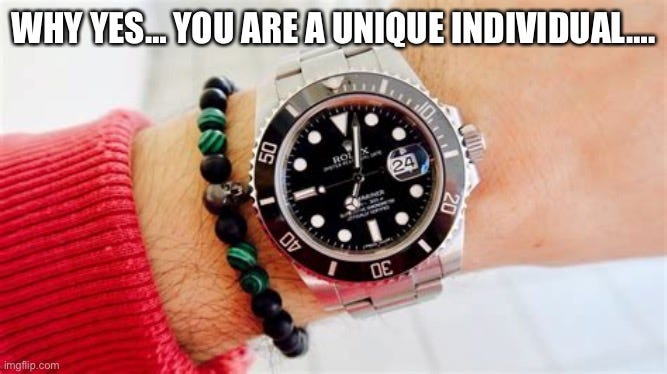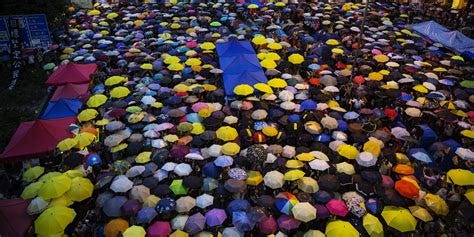The Surveillance State
“The most sacred thing is to be able to shut your own door.” ― G. K. Chesterton
Spurred by a recent Substack article written by the great Sage Hana, Here
Numerous thoughts come to mind…namely, that people are unaware of the power the digital surveillance state actually holds.
Private companies tracking American citizens movements during COVID lockdowns is dystopian and fundamentally against everything we hold dear as American citizens. Yet they did it.
But what about other nations, nations not friendly to America where digital surveillance amongst other forms of surveillance is a way of life?
disclaimer: this article is to provoke discussion, expose how other nation states use surveillance against their citizens, and how those citizens get around it. It is not meant to be all inclusive, the “be-all-end-all” on surveillance, nor is it a suggestion to act illegally.
Let’s start with the basics, at this stage of the game, the average citizen in any country should know that a phone is a digital tracking device, that tracks your movement, listens to your phone calls, listens while it’s supposedly “off” amongst other acts of espionage corporations commit against you regularly.
Citizens should also know that credit cards do the same thing, by recording all your purchases. Let’s just say it’s surprising to log into wallyworld dot com, and see that purchases you made in store, are showing up in your online account.
So let’s start from there. Credit cards and phones = tracking devices.
A Journalist who was in DC was detained by investigators because of a coffee purchase he made close to the Jan 6th protest… which should prove as an example to any outside observer that private companies freely hand data over to governments…but in exchange for what kind of kickbacks?… good question.
But did you know….
Maybe some here knew that retinal scanners were a thing, but this isn’t the 1990’s where in the movies the bad guy had to cut out an eye to use it in order to gain access to the top secret facility.
Biometric data such as an eye scan can be captured from photographs, and not only harvested for ID purposes, it can actually be printed and used.
But it doesn’t stop at facial data from photographs. Nations routinely employ other methods of identifying people.
That’s right. Thermal imaging has come far enough that it can map out facial structures, even capillaries and create a unique fingerprint if you will, of a human face.
But not only that, photographs themselves have come so far that they can even pull your fingerprint from a photograph.
But wait, there’s more.
You’ve read that right. If you’re a protestor in Iran, leaving your phone at home and paying in cash doesn’t protect you if they can catch a photograph of your hand, or your eye, or capture a thermal image of your face. And as we’ve seen, the government doesn’t even need to take the photographs… everyone is doing it for them. They just have to harvest the data once ten billion photos are posted to the interwebz.
So “Fine”, you might say, “Next time I’m in Iran protesting for women’s rights, I’ll wear a neck gaiter, and cover my ears, sunglasses to shield my eyes, and gloves to cover my hands…
Not so fast…
Yup. That seam, right there on your jeans. The one that has a unique, and distinct wear pattern, of faded whites and deep blues… no pair of jeans has that same pattern, and it can be read, like a barcode.
Same for fabrics such as flannel, or camouflage, where the pattern switches at seams and pockets. Those are unique as well.
And with the progression of digital storage and advanced AI. An image of a HongKong protestor wearing that shirt gets matched instantly to millions of Facebook, TikTok, instagram posts and a match can be generated.
Military units around the world are embracing this, and designing their camouflage patterns to be identifiable to AI on the battlefield, to distinguish between friend and foe.
But clothing aside for a second, if cameras are grabbing useable retina scans off online posts, and identifiable fingerprints from instagram photos, what makes you think a dystopian state like China can’t flesh these examples out of the crowd?
Or even more ubiquitous… the face mask wearer who has visible tattoos.
Which is why a common sight at the HongKong protests was this,
They’re not protecting themselves from rain…
They’re protecting themselves from this
And we wouldn’t be surprised if some of them were using UV umbrellas to help mute their thermal signatures.
Stay tuned for part two as we cover more surveillance operations in surveillance state nations.


























If any of our army has video editing skills, we are looking to have this video
https://rumble.com/v1clse9-brought-to-you-by-pfizer-.html
But dubbed over with the Unsolved Mysteries theme song.
Titled, “It’s a mystery”
https://www.youtube.com/watch?v=JnOeIFx3ML8
I’m not saying that this is the case, but every government throughout history has sought full surveillance over their citizens. Even a fictitious, completely benevolent, 100% just government would seek it out to keep their citizens safe, even if they had no bad intentions.
That said, how hard would it be for a corporation like visa, or google, or Facebook to come to those governments and offer them the keys they’ve always lusted after? What kind of kickbacks, protections, shady dealings would those countries offer for this technology?